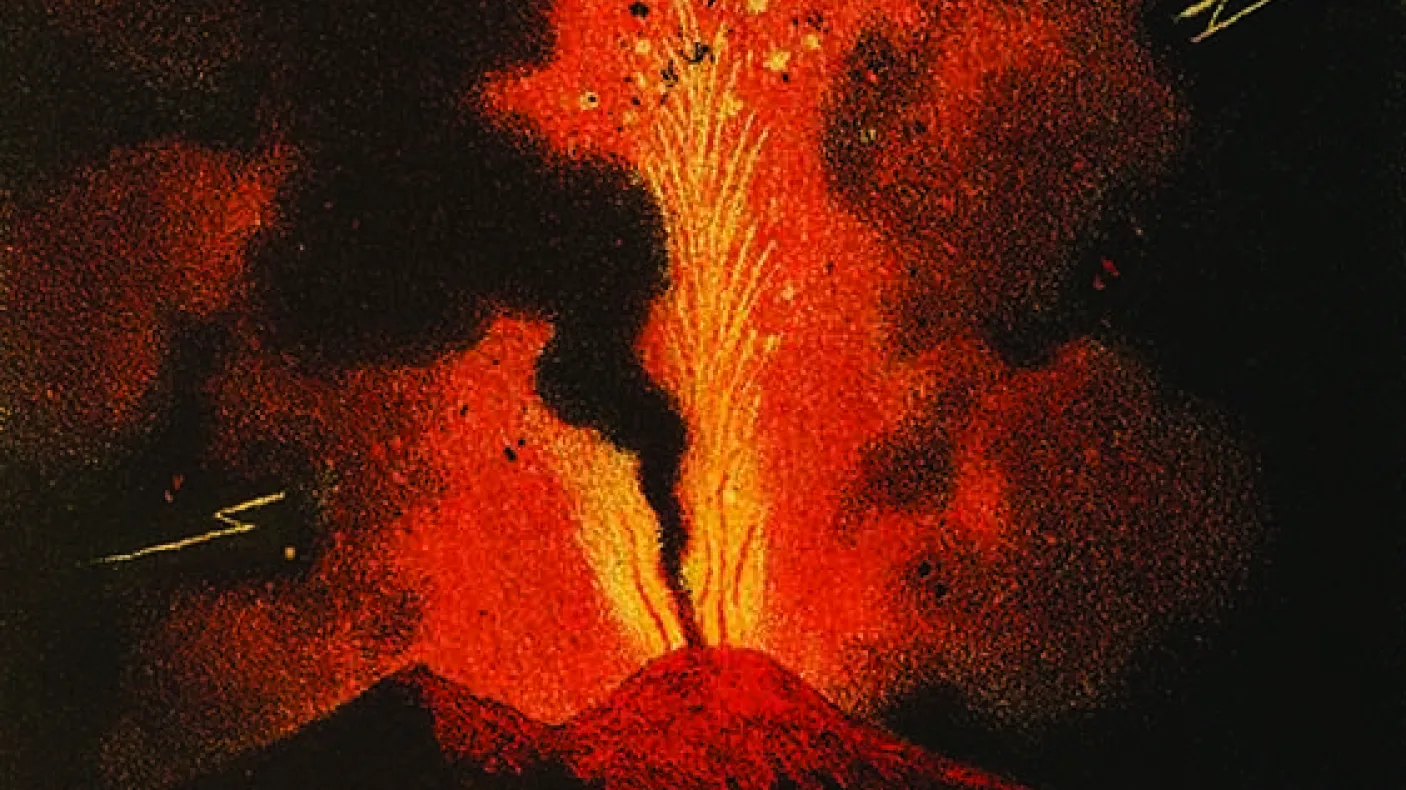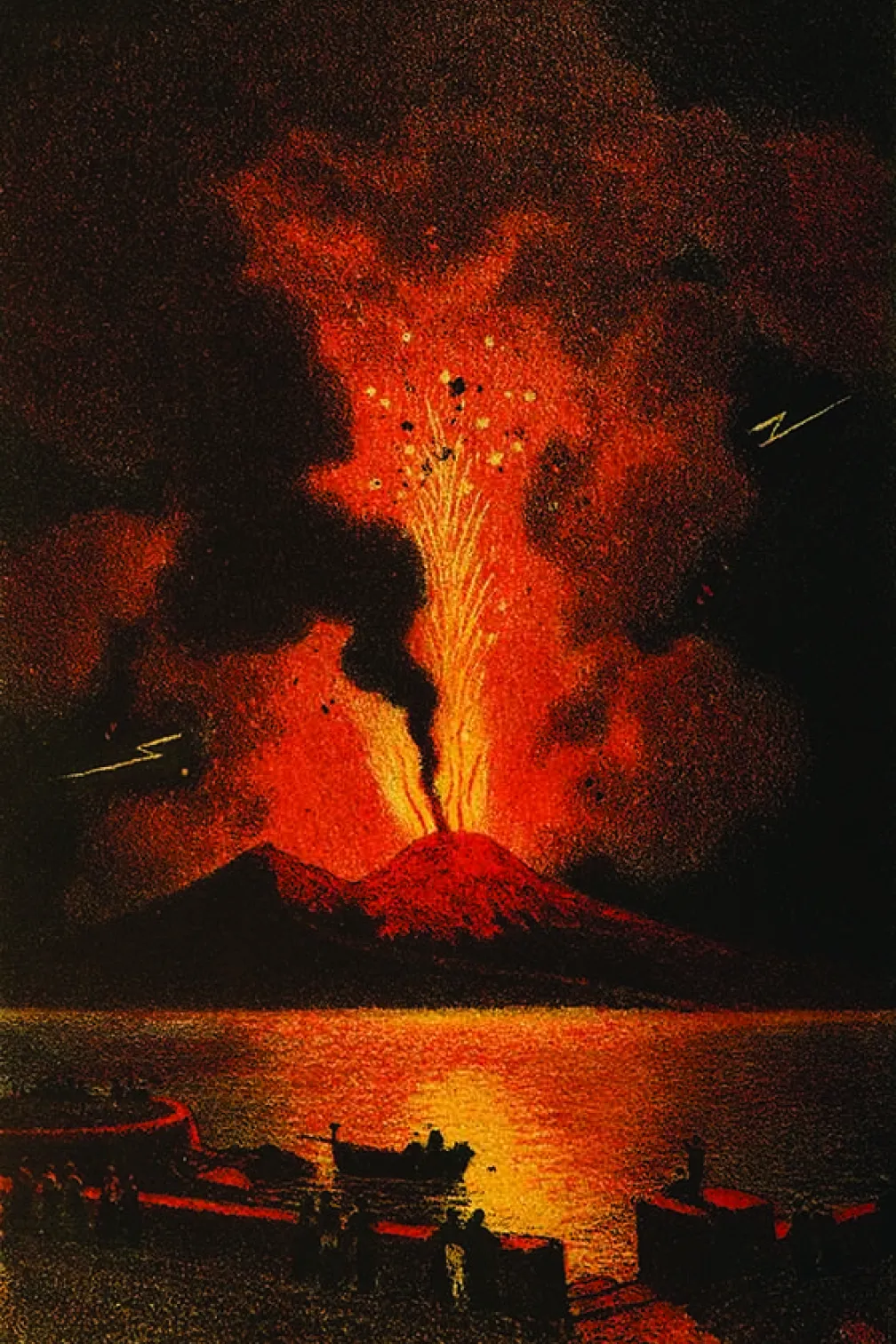Pompeii Saga: Last Day
Published
Categories
Author
Blog Post
The horrors of the Mount Vesuvius eruption were buried under volcanic ash. Thankfully one scholarly young man wrote the story of his own survival.
On the day Vesuvius erupted in AD 79, it spewed ash and pumice kilometres into the atmosphere. Small hail-sized pebbles fell from the sky, covering the area around the volcano. The volcanic debris then began to build up in the neighbouring cities of Pompeii and Herculaneum causing roofs and entire buildings to collapse. The pyroclastic flows that followed the initial eruption swiftly killed people as they choked to death from ash.
These cities, considered resort destinations in their day, were not rebuilt after the eruption and eventually their locations were forgotten. Pompeii and Herculaneum remained buried for almost 1,700 years, until 1748, when they were rediscovered and excavations began. Excavations around Mount Vesuvius continue today, providing historians with a wealth of unique insight into Roman life at the time of the eruption.
Ironically, the same catastrophe that destroyed the city and its culture also preserved it. Because Pompeii was buried so quickly, the city was effectively “frozen” at that moment in time. And excavations are still ongoing, with new artifacts being uncovered to this day.
As much as we have learned about these early cities and their citizens from the archaeolgical excavations, surprisingly little is known about the details of the catastrophe itself. In fact, to date there is only one written version of the eruption, and much of what we know of the event is based on the written account of a young man by the name of Gaius Caecilius Cilo, more commonly known as Pliny the Younger. Pliny’s uncle, Pliny the Elder (Gaius Plinius Secundus) was an official in the Roman Court, in charge of the fleet in the Bay of Naples area. Surviving the eruption, Pliny later wrote two letters to his friend, Tacitus, a historian of the time, explaining exactly what happened that fateful day.
Dispatch News
The story of Pompeii is one that captivates the imagination of anyone who reads it. Though there have been a number of volcano eruptions in recent history, none presents the same narration of catching people unaware and essentially freezing them in time.
On April 23, 2015 at 18:00 local time, Chile's Calbuco volcano erupted without warning. For the first time in 42 years, a large column of ash was spewed into the atmosphere, causing panic and large evacuations. Towns within the volcano's vicinity have been covered with layers of ash, which draws a relation to what happened in Pompeii. To see a modern example of Vesuvius' eruption, go to the provided links and read about the Calbuco volcano.


